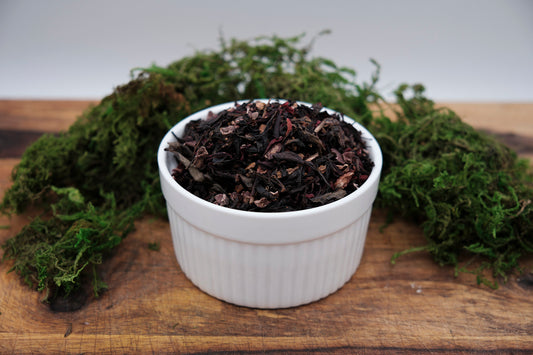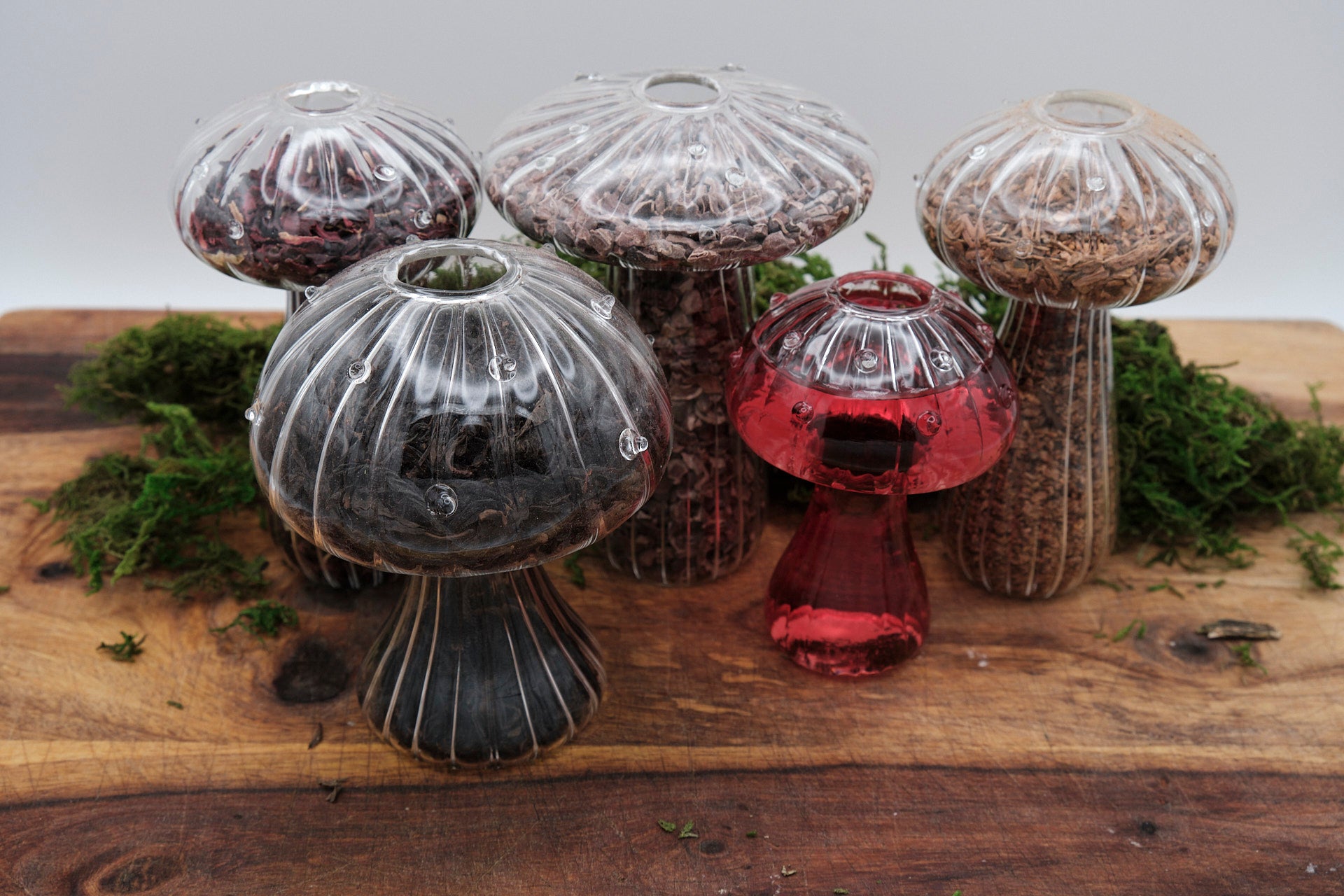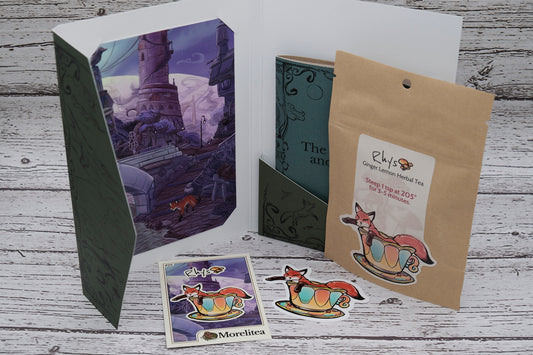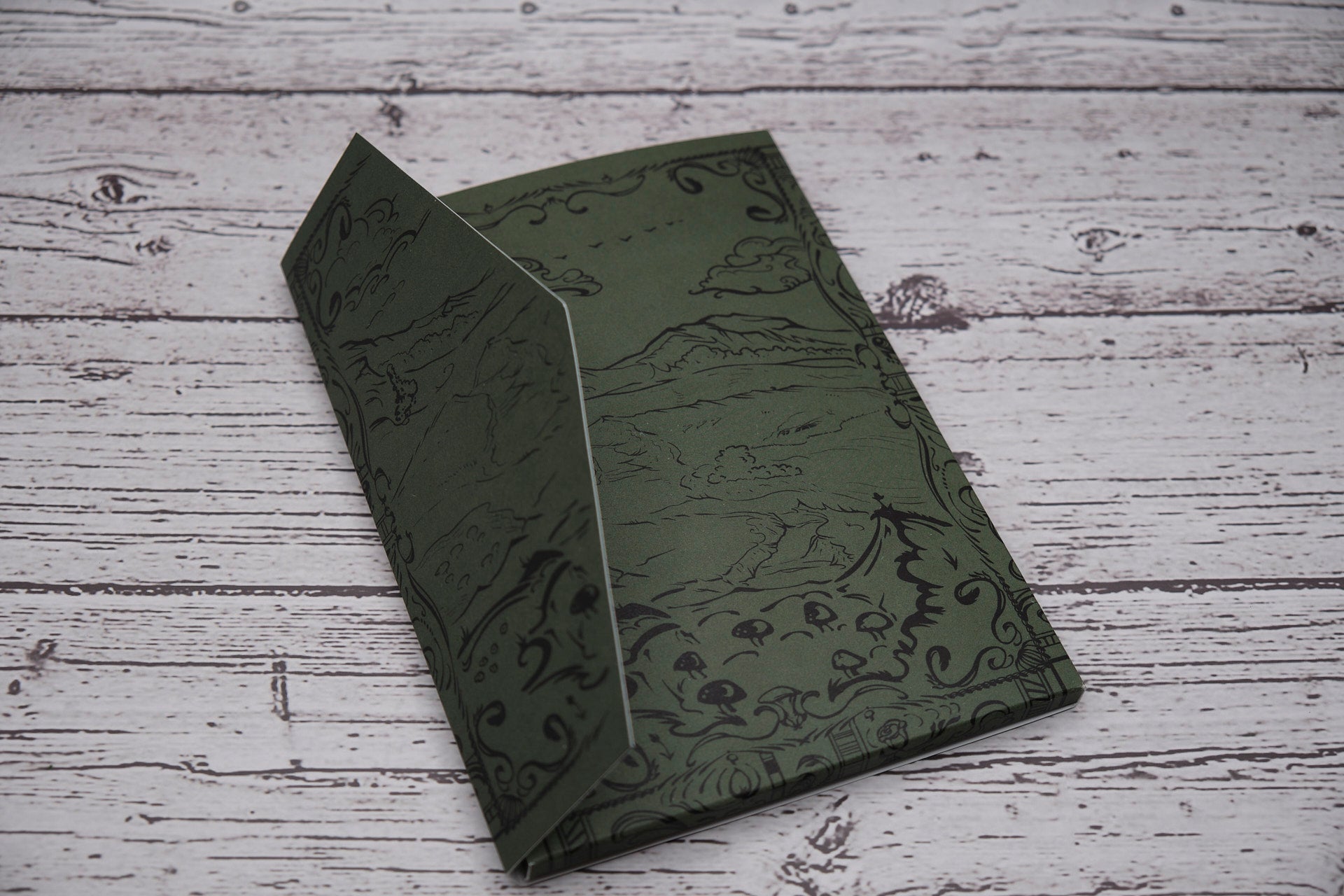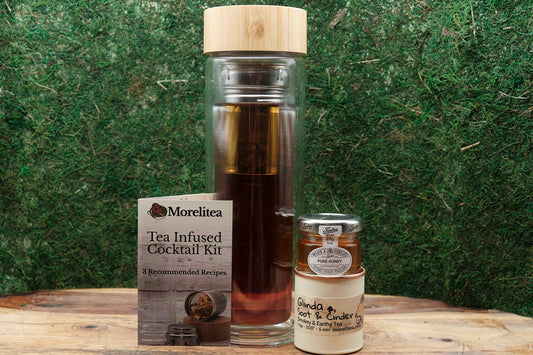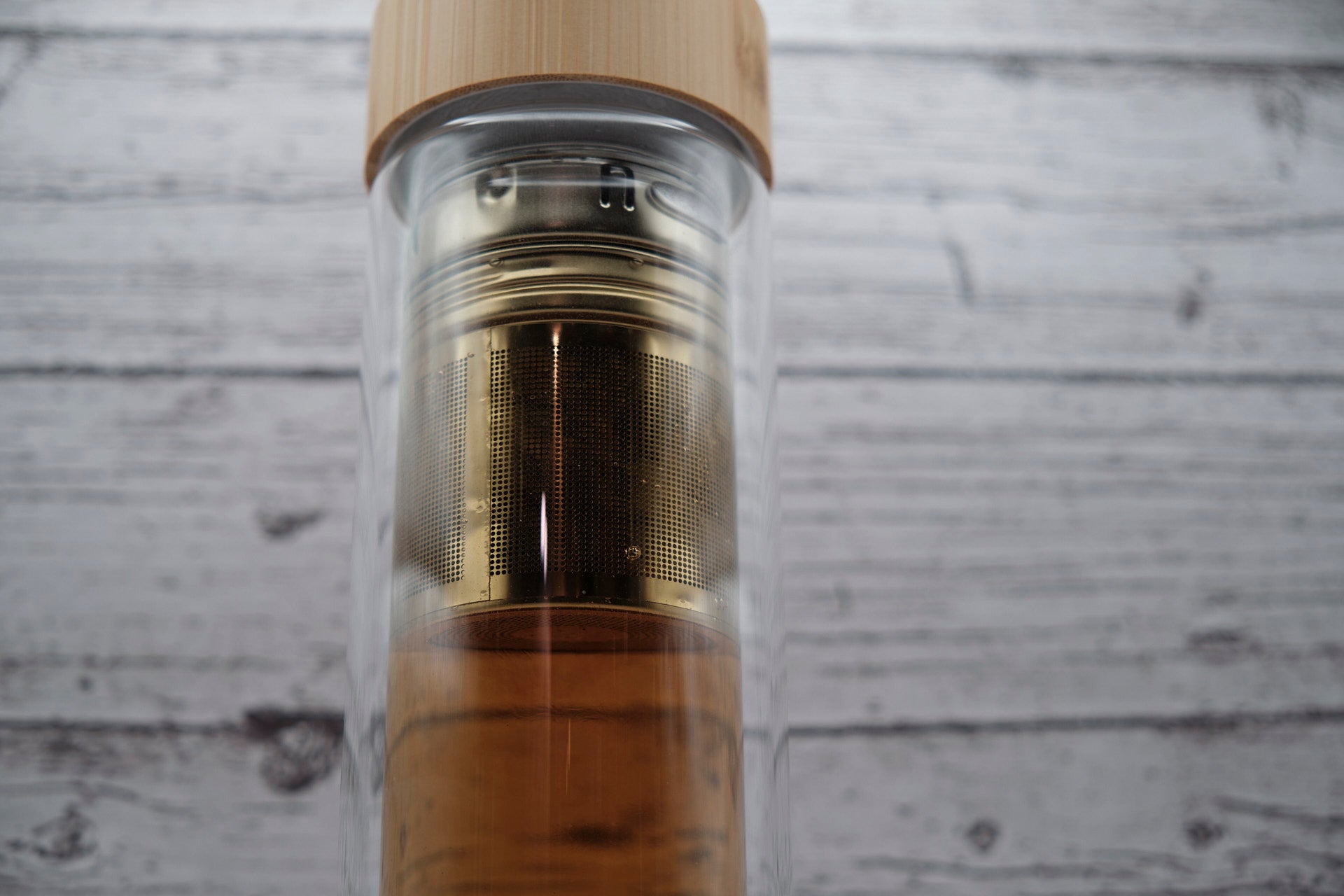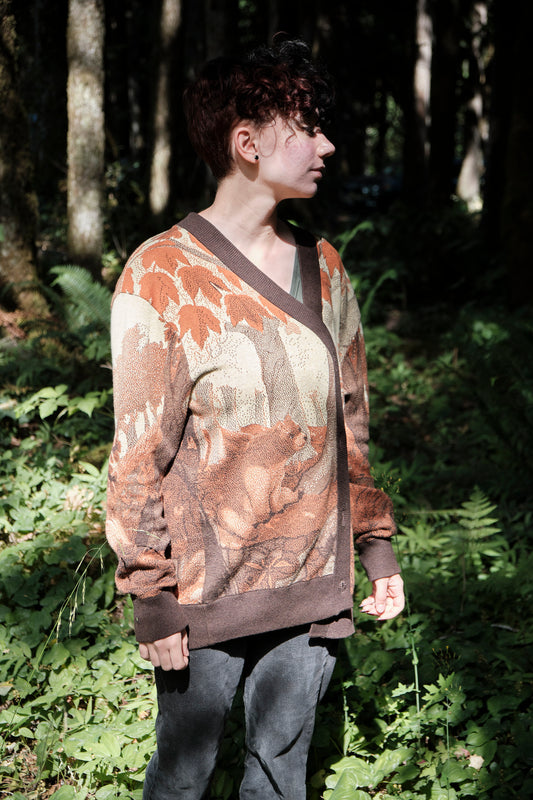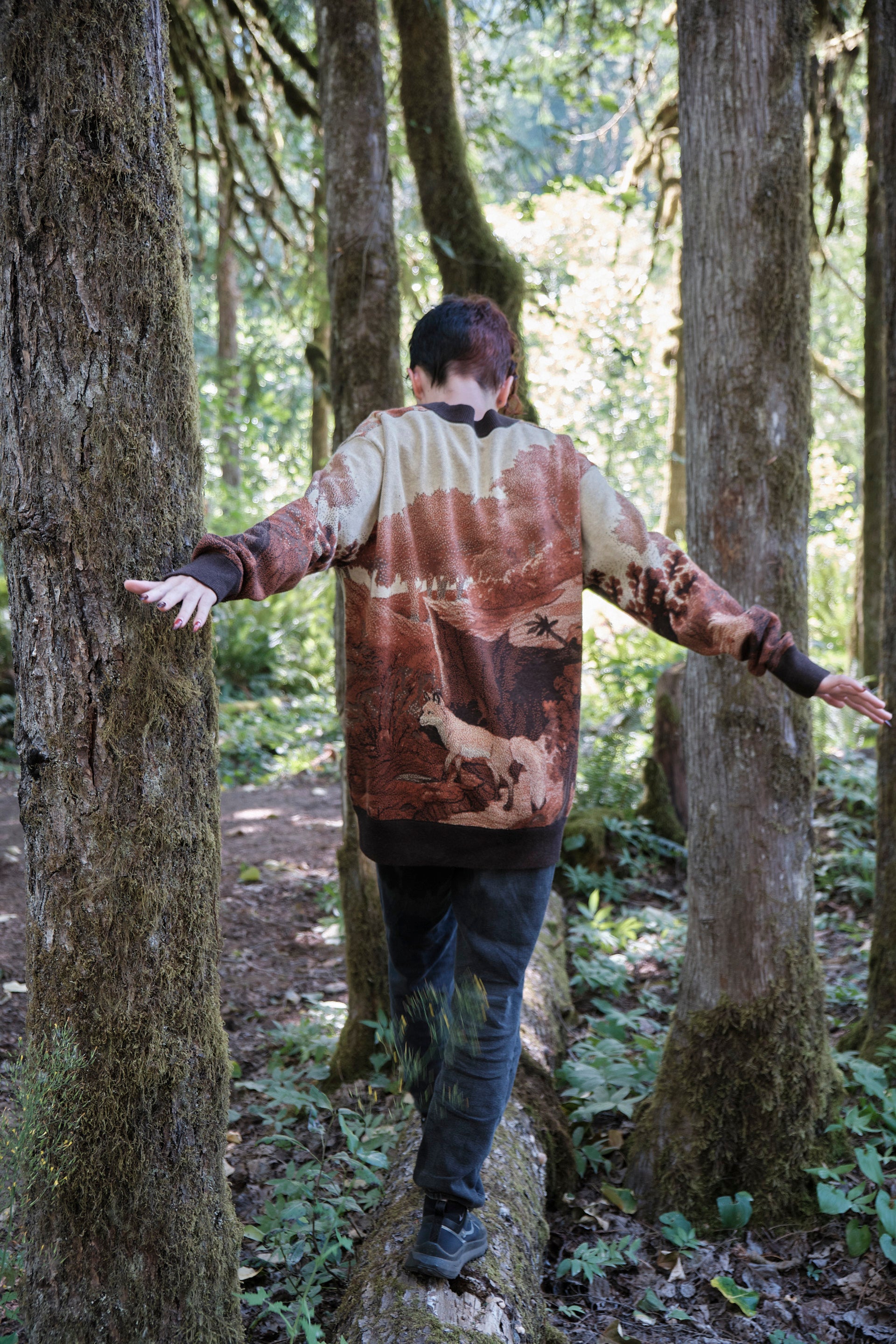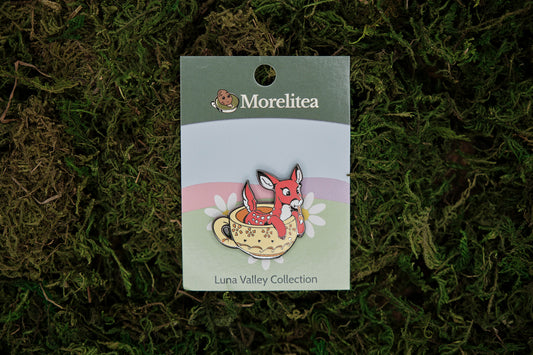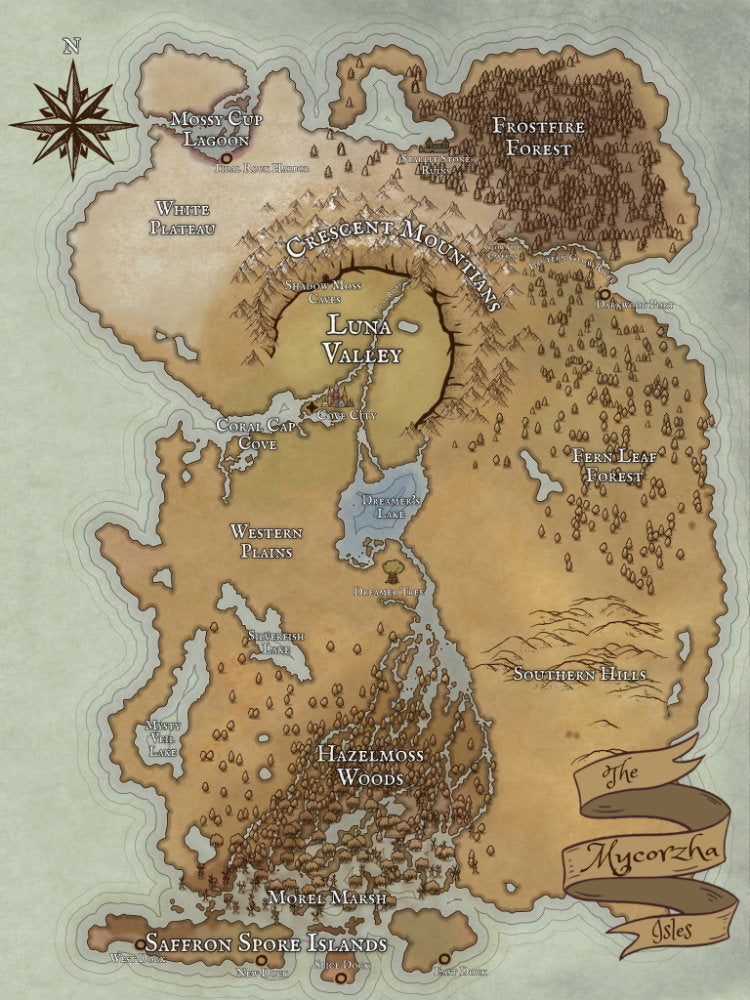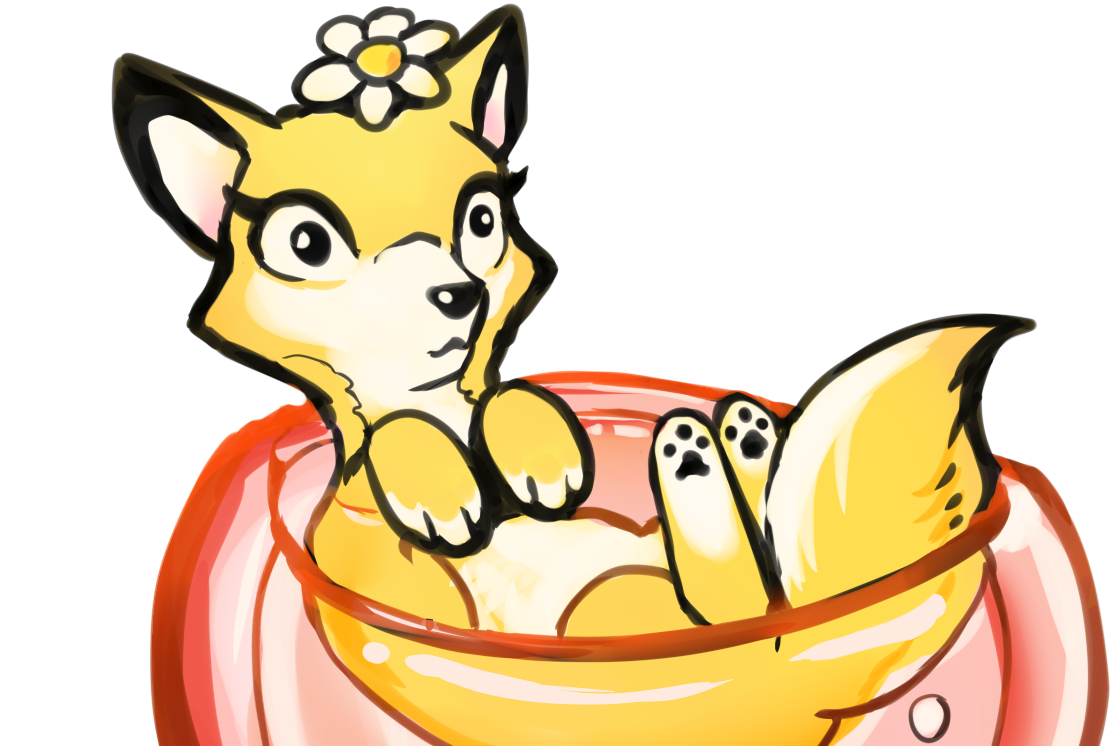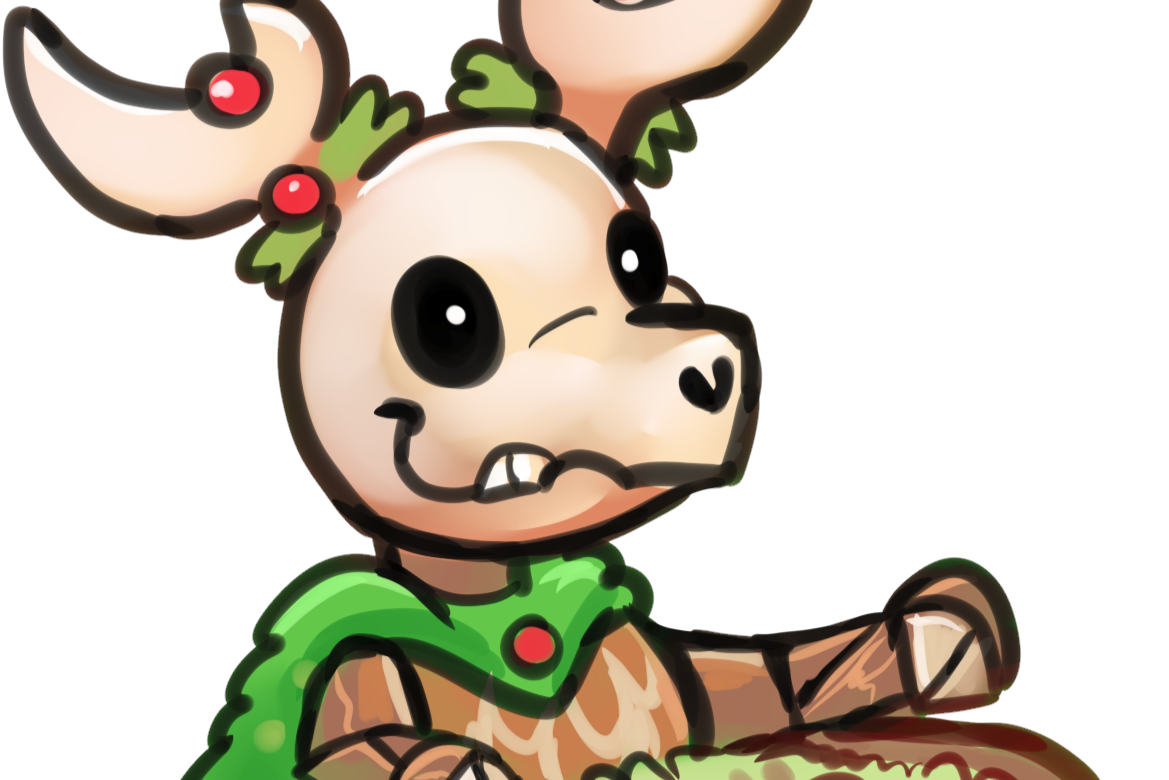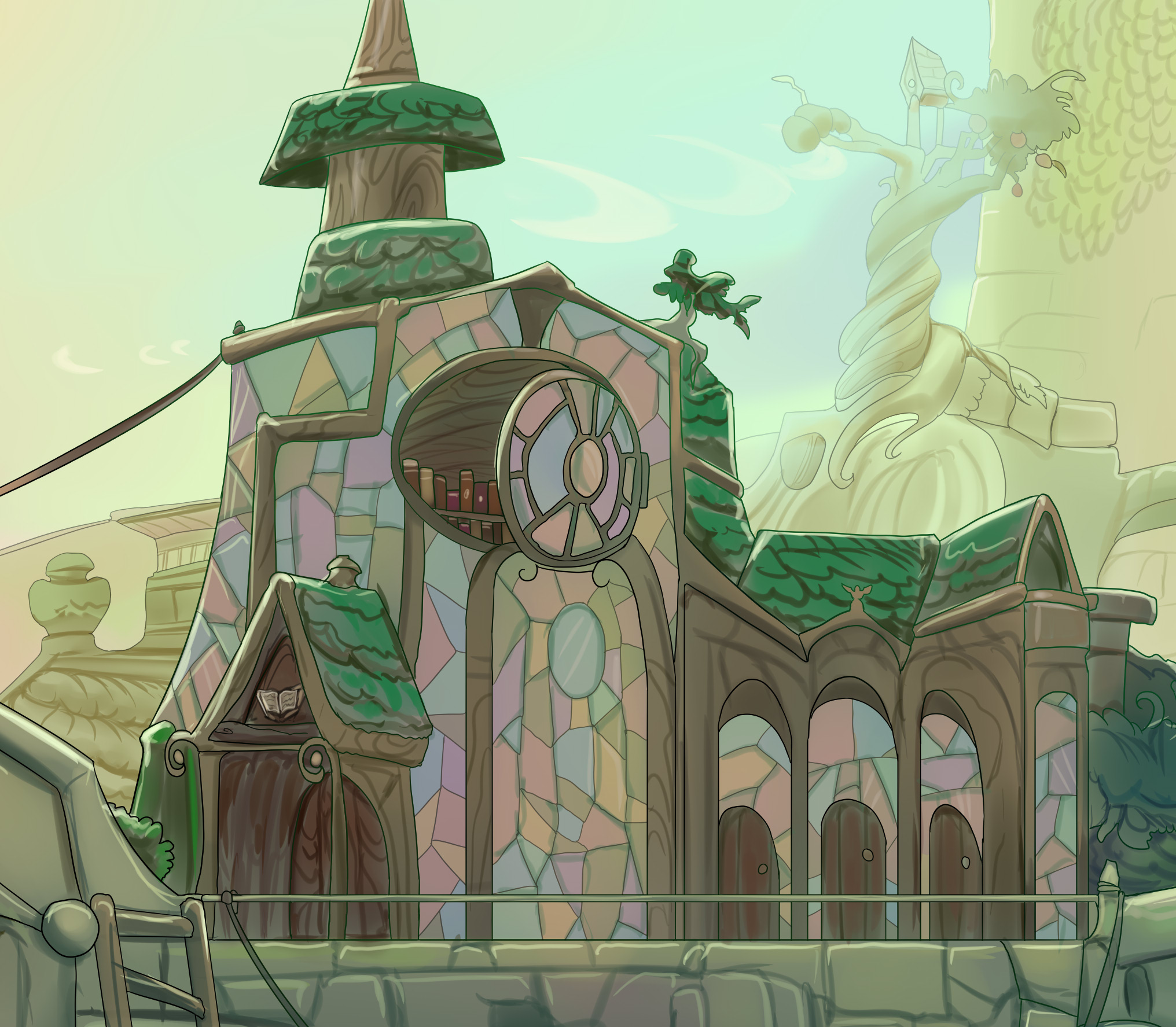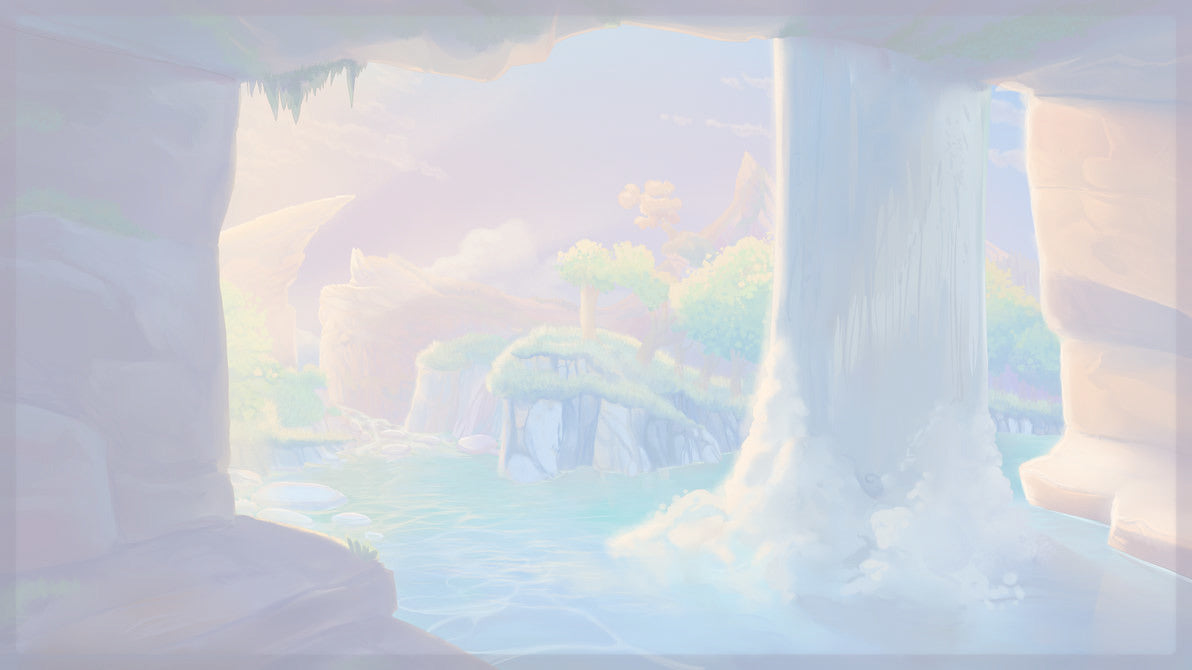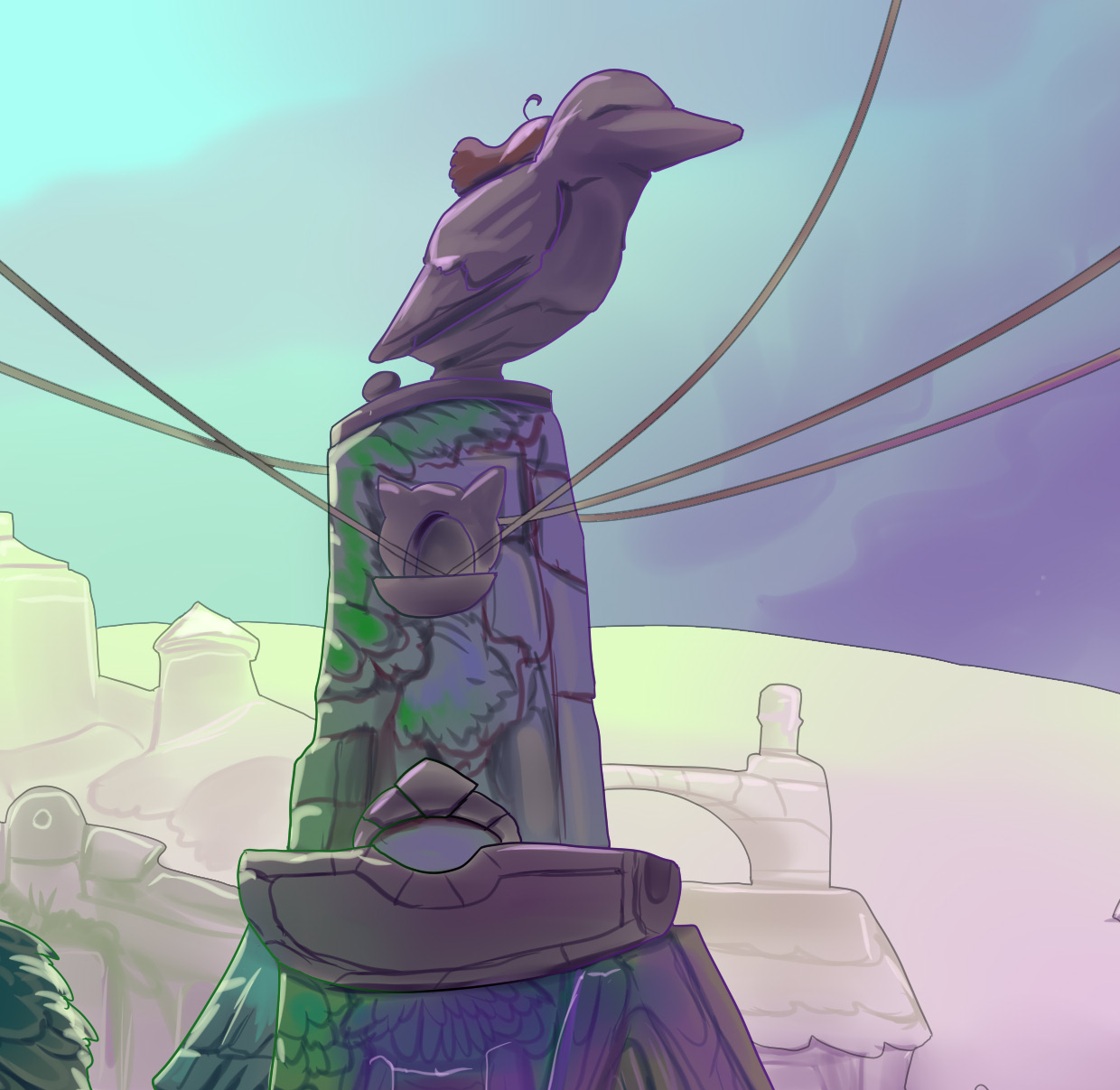La vida entre los desterrados
En el extremo noreste de Mycorzha se encuentra la Meseta Blanca , una extensión de tierras altas azotada por el viento donde no crece nada. La Meseta Blanca es desolada. El terreno es rocoso, seco y expuesto a la fuerza de los vientos de montaña. La única forma de sobrevivir es construir en las rocas o adentrarse en las tierras altas. Es aquí donde se envía a los Desterrados. En el extremo sur de la meseta hay un campamento amurallado, rústico y pragmático, donde la mayoría de los Desterrados intentan vivir en comunidad para sobrevivir en el desierto.
Mycorzha no cree en las jaulas. Encerrar a una criatura se considera una negación de su dignidad y un daño a la totalidad. En cambio, cuando una criatura no puede o no quiere vivir en armonía con su comunidad y la tierra, es desterrada al norte. Esto no es un acto de crueldad, sino una separación ritual. La creencia es simple: una criatura que ha roto los lazos de las Islas debe aprender a sobrevivir fuera de ellas. Por lo tanto, el comercio con los Desterrados está prohibido.
El destierro no se declara a la ligera. Debe ser acordado tanto por la comunidad local como por el Templo de las Islas , que sirve como guía moral y espiritual de la vida mycorzhan. El proceso no es inamovible. No hay reglas estrictas ni límites fijos. Es una cuestión de sentimiento colectivo, cuando suficientes criaturas creen que un vecino ha ido demasiado lejos.
Las razones varían. Algunas son pequeñas al principio: no replantar después de buscar alimento, ensuciar los lechos de los ríos con herramientas rotas, tomar más de lo que le corresponde durante una sequía. Las comunidades intentan ayudar primero. Mantienen conversaciones, ofrecen orientación e incluso organizan comidas comunitarias donde se pide al infractor que se explique. Pero cuando una criatura ignora estos esfuerzos o empeora, como la serpiente Caliban, que robaba huevos de aves pobres que anidaban, puede ser expulsada.
Nadie recuerda quiénes fueron los primeros Desterrados, ni qué acto convirtió la Meseta en el lugar designado. Así son las cosas. La tradición ha permanecido incuestionada durante tanto tiempo que se da por cierta. Una criatura puede ser desterrada, aunque es poco común. El mismo proceso que la expulsó debe aceptar traerla de vuelta: tanto la comunidad como el Templo deben creer que la criatura ha cambiado. Pero como pocos regresan del norte, y menos aún por decisión propia, la mayoría permanece allí de por vida.
El campamento de los Desterrados no es mantenido por Mycorzha. No hay reglas, ni guardias, ni garantías. Si bien la mayoría de los recién llegados son acogidos, hay casos en los que el campamento les niega la entrada. Estas criaturas, indeseadas incluso por los Desterrados, se ven obligadas a vagar hacia el norte, adentrándose en terrenos aún más hostiles, con la esperanza de encontrar refugio, agua o un destino mejor. La mayoría no sobrevive. Dentro del campamento, la vida es precaria. La comida escasea. El calor es aún más escaso. La pesca en el hielo, cuando el estanque no está completamente congelado, proporciona un escaso suministro. Las herramientas se improvisan con chatarra. Los refugios se excavan en la roca o se construyen con madera desgastada por el viento. Los Desterrados cooperan cuando deben, pero la confianza es escasa. El hambre mantiene la mayoría de las alianzas prácticas. La violencia, aunque desaconsejada, no es infrecuente.
Aún así, la vida continúa.
Algunos Desterrados forjan vínculos, amistades e incluso familias. El amor no está prohibido en la Meseta, aunque se ve atenuado por las dificultades. Cuando nacen hijos de padres Desterrados, a menudo se debe tomar una decisión difícil. La Meseta no ofrece futuro para los jóvenes. La mayoría de las familias optan por entregar a sus hijos al Templo de los Místicos , que supervisa su cuidado y gestiona discretamente su adopción en hogares de todas las Islas. Estos niños no son marcados ni nombrados como Desterrados. Sus orígenes se olvidan discretamente. El Templo cree que ningún niño debe soportar el peso del exilio de sus padres.
